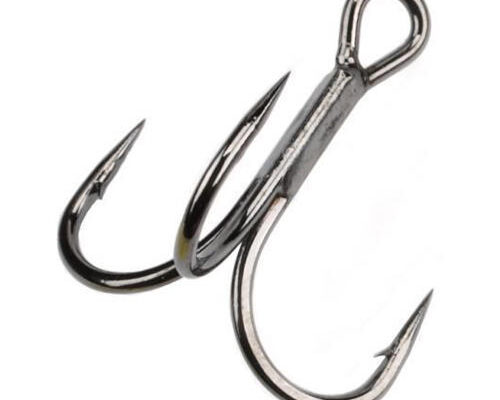The lucrativeness of online channels is becoming increasingly palpable in the fishing hooks market, as a traditionally brick-and-mortar marketplace is being swept by waves of digitalization. A new Fact.MR study projects online sales to grow at the highest rate through 2028; however, the growth won’t be enough to offset preeminence of general sporting goods stores as the largest and most preferred sales channel.
The study envisages the fishing hooks market to exhibit a sluggish 2.0% CAGR during the period of forecast 2018 to 2028.
To remain ‘ahead’ of your competitors, request for a sample – https://www.factmr.com/connectus/sample?flag=S&rep_id=1079
Fishing Hooks Market: Scrutinized Assessment on Regional Segments
Weighted chapters have been included in the report on the fishing hooks market, which impart forecast on the regional markets.
These chapters illuminate the regional macros (business, economic, and political environment outlook), which are most likely expected to have a significant impact on growth of the fishing hooks market in the near future.
Country-specific assessment on demand for fishing hooks has been provided for each regional market, along with the market size valuation and forecast, price point assessment, price index, and impact analysis of key regional and country-wise dynamics.
Y-o-Y growth projections have also been offered on all regional markets incorporated in the report.
Fishing Hooks Market – Fishing Hooks for Sustainable Fishing
A variety of sustainable fishing methods are being adopted by fishermen to reduce the extent of exploited feedstocks.
Hook and line or trolling is a sustainable fishing method in which circle hooks are used instead of J hooks. Circle hook minimizes by-catch and causes little to no habitat damage.
This increases fish captures without causing injuries to the fishes. For sports fishing as well as recreational purpose, catch and release hooks are being adopted.
These hooks allow safer, quicker, and easier way of releasing fishes without handling them.
Adoption of such methods can reduce fish mortalities during recreational as well as commercial fishing and are called sustainable fishing methods.



